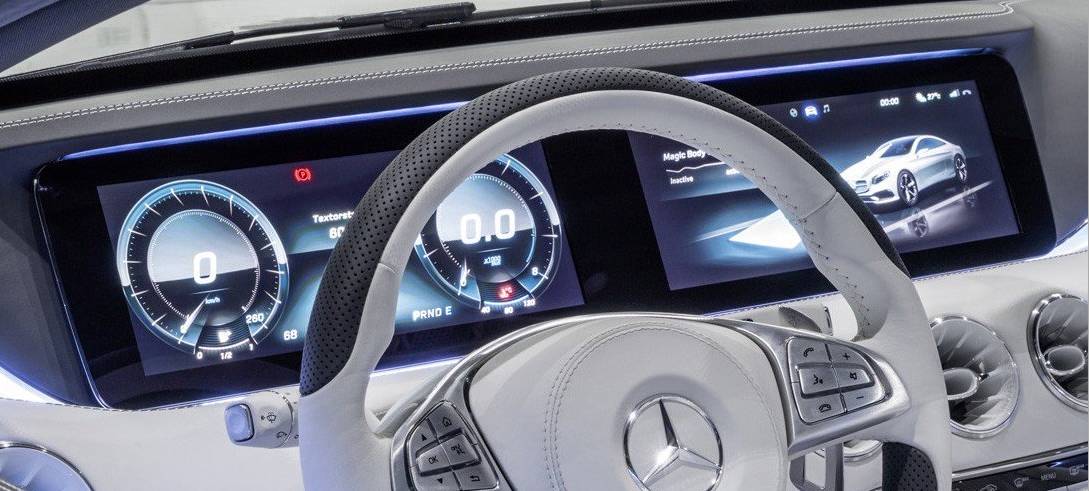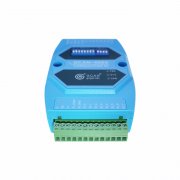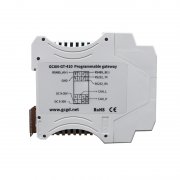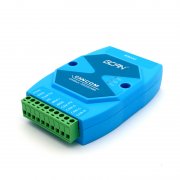Why is the CAN bus system widely used in automobiles?
The CAN bus is the most popular bus in recent times. It was first applied to the communication of aircraft, tanks and other systems. Due to its superior performance, it was trusted by more people, and it was slowly transferred to the automotive field. It is used for data transmission between ECU and sensors between cars, so as to achieve the completion of specific actions in the car.
The CAN bus system is actually a computer local area network with a bus topology. Regardless of the occasion, it is responsible for real-time communication between any node, and has the advantages of simple structure, high speed, anti-interference, reliability, and low price. In the field of automotive applications, there are more and more electronic control units and electronic communication systems in the vehicle. In addition to the engine control unit, there are also transmission control, automatic transmission control systems, airbags, ABS anti-lock braking systems, cruise control, and on-board vehicles. Multimedia system, door and window control and battery management modules. Data exchange is required between these modules, and the system needs to control the actuator and receive sensor feedback. The point-to-point connection transmission method using wires is difficult to meet the data volume exchanged above. Therefore, a serial data transmission system must be adopted. The CAN bus can realize the transformation of the traditional point-to-point interconnection method in the car to a bus-type system connection, which greatly reduces the complexity of the wiring of the electronic system in the car.
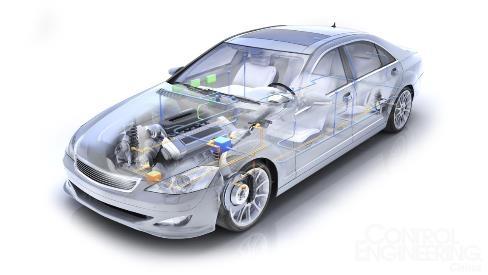
Why CAN bus systems are widely used in automobiles, the following points can be summarized:
1. The CAN bus adopts twisted-pair serial communication method, which has strong error detection capability and is more suitable for automobile transmission data.
2. Strong real-time performance, fast transmission speed and low cost.
3. Multi-master working mode, regardless of master-slave, flexible communication mode.
4. Data can be multiplexed and controlled by software, which improves the transmission efficiency of the automobile bus.
5. Strong anti-interference ability to avoid mutual interference between multiple wiring harnesses of the car.
6. No need for point-to-point connection, perfect solution to automotive wiring problems.
In fact, the CAN bus was originally designed for the electronic control system of automobiles. Because of its advantages in networking and communication functions and its cost-effective features, it has a broad application prospect and development potential in many fields. The wide application of CAN bus in automobiles will bring more convenience to our lives.



